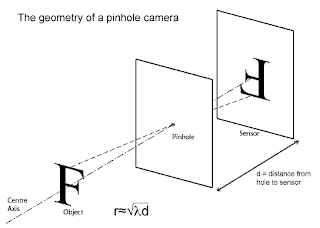
Powering the camera:
Film: Takes disposable batteries that require infrequent replacement.
Digital: Takes one or more of a variety of battery types--both disposable and rechargeable--that require frequent replacement or recharging.
Recording pictures:
Film: Uses film, which comes in various frame sizes and different sensitivities to light.
Digital: Uses a fixed, light-sensitive, silicon chip that comes in two varieties: CCD or CMOS. This chip determines the frame size and the light sensitivity of the camera. You can simulate the effects of using different types of film via settings within the camera.
 Framing shots:
Framing shots:Digital: Uses an optical viewfinder, as well as an LCD that displays 100 percent of the scene. But an LCD can be hard to see in bright light and uses a lot of battery power. Many cameras substitute the optical viewfinder with the kind of electronic viewfinder (EVF) that is used on camcorders. Photographers who are used to optical viewfinders don't always like EVFs, so try before you buy.
Snapping shots:
Film: Instantaneous capture.
Digital: Varies wildly, depending upon image size, file format, media type, memory available for temporary storage, sensor type, and speed of autofocus
Film: Stores images directly on the capture medium (film), which is single-use and supplies a fixed number of frames per roll.
Digital: Stores images as digital files on reusable memory cards or discs, both of which come in various capacities and can hold a variable number of frames per card.
JPEG
Small and fast for capture but has file compression that may introduce artifacts that degrade image quality.
RAW
Smaller than TIFFs and more flexible for postcapture retouching. Not offered on all cameras, and special software is required to read them.
TIFF
Large files that can slow down your shooting and fill up your media but have no compression artifacts.




